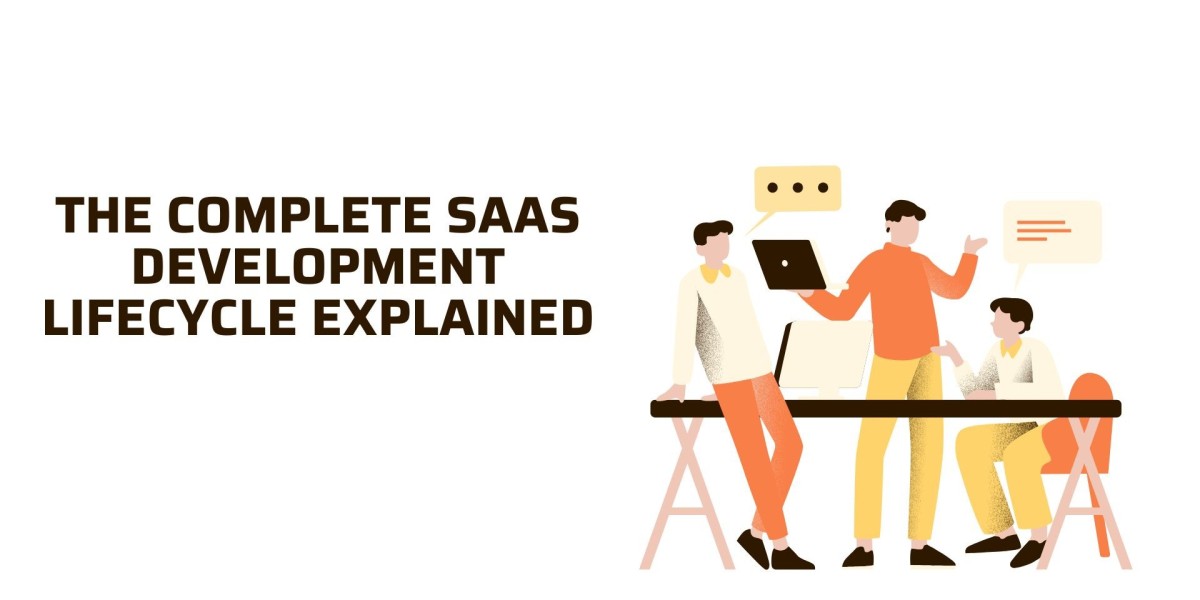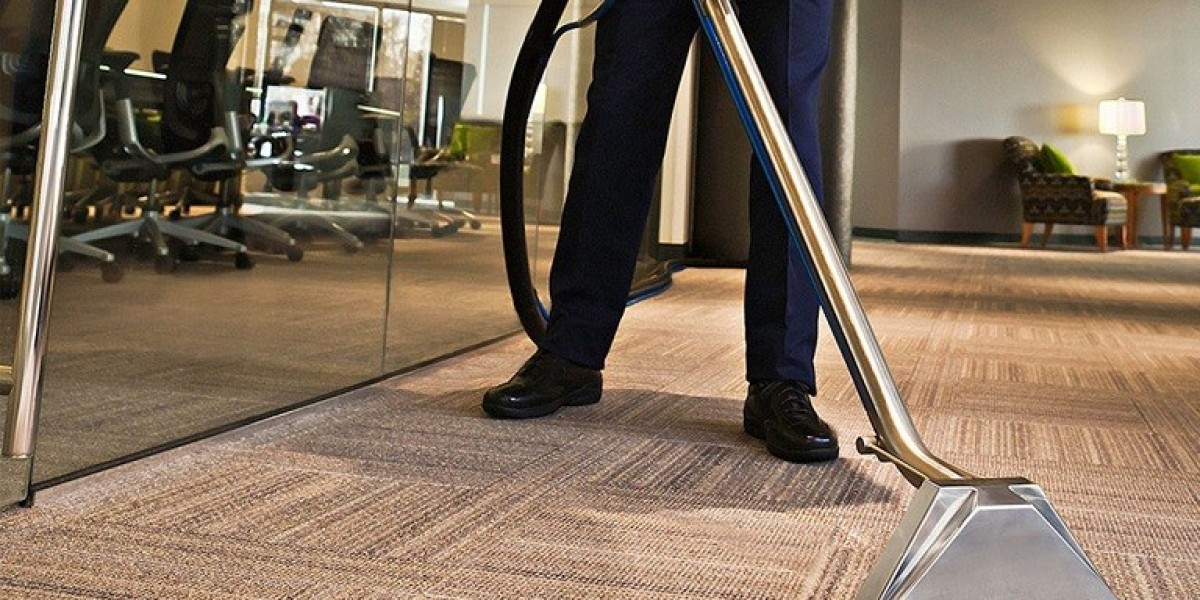In today’s fast-paced digital economy, Software as a Service (SaaS) has revolutionized how businesses access and utilize software. From startups to enterprises, SaaS platforms are powering core functions like CRM, accounting, HR, project management, and more. But what exactly goes into building a SaaS application? Understanding the complete SaaS development lifecycle is crucial for developers, entrepreneurs, and stakeholders who want to build scalable, secure, and successful products.
This article explores the end-to-end SaaS development lifecycle — from idea validation to product deployment and beyond.
Idea and Market Validation
Before writing a single line of code, it’s essential to validate your SaaS idea.
Key Activities:
- Problem identification: Define the pain point your SaaS product will solve.
- Target audience: Create detailed buyer personas to understand who your customers are.
- Competitive analysis: Study the market and identify gaps in existing solutions.
- Minimum Viable Product (MVP) planning: Decide on a core set of features to test your idea quickly.
Tools Used:
- Google Trends, Ahrefs, and competitor tools like SimilarWeb.
- Surveys and interviews using platforms like Typeform or Google Forms.
Requirement Gathering and Planning
This phase involves translating your idea into a clear roadmap for development.
Key Activities:
- Define functional and non-functional requirements.
- Create user stories and use cases.
- Decide on the technology stack (frontend, backend, database, cloud services).
- Project planning: Define timelines, sprints, deliverables, and KPIs.
Outputs:
- Product Requirement Document (PRD)
- Software Design Document (SDD)
- Technical architecture blueprint
Design (UI/UX)
A clean and intuitive interface plays a major role in SaaS user retention.
Key Activities:
- Wireframing: Sketch the product layout and workflow using tools like Figma or Sketch.
- Prototyping: Develop clickable prototypes for early feedback.
- UI/UX Design: Create consistent and responsive user interfaces based on brand guidelines.
Considerations:
- Accessibility and usability
- Responsive design for mobile and desktop
- User onboarding experience
Development
The core product is built during this phase. SaaS development typically follows agile methodologies.
Frontend Development:
- Using frameworks like React, Angular, or Vue.js.
- Focused on the user interface and user experience.
Backend Development:
- APIs, databases, authentication systems, and business logic.
- Languages like Node.js, Ruby on Rails, Python (Django), or Java.
Database Management:
- Relational (PostgreSQL, MySQL) or NoSQL (MongoDB) depending on requirements.
DevOps Integration:
- Version control using Git.
- CI/CD pipelines using Jenkins, GitHub Actions, or GitLab CI.
Testing and Quality Assurance (QA)
Robust testing ensures the stability and performance of your SaaS product.
Types of Testing:
- Unit Testing: Checks individual components.
- Integration Testing: Verifies data flow between modules.
- System Testing: Assesses the entire application.
- Performance Testing: Load and stress testing to handle user demand.
- Security Testing: Identifies vulnerabilities like SQL injection or XSS.
Automation Tools:
- Selenium, Cypress, Postman for API testing
- JMeter for performance testing
Deployment
Once thoroughly tested, the application is deployed to a production environment.
Key Activities:
- Environment setup: Use cloud platforms like AWS, Azure, or GCP.
- Containerization: Deploy using Docker and orchestrate with Kubernetes.
- Monitoring setup: Use tools like Prometheus, Datadog, or New Relic to track app health.
- Rolling deployments: Gradual release to avoid downtime.
Post-Deployment Support and Maintenance
Your job doesn’t end at launch. Continuous monitoring, optimization, and customer support are essential for success.
Key Activities:
- Bug fixes and patches
- Regular feature updates
- Monitoring system logs and user behavior
- Providing tiered customer support via chatbots, tickets, or live agents
Support Tools:
- Zendesk, Intercom, Freshdesk
- Application performance monitoring (APM) tools
Scaling and Optimization
As user adoption increases, your SaaS must scale both technically and operationally.
Strategies:
- Horizontal scaling with microservices architecture
- Caching using Redis or Memcached
- Auto-scaling on cloud platforms
- Load balancing to handle high traffic
Business Optimization:
- Pricing model adjustments (freemium, tiered, usage-based)
- Customer success strategies to reduce churn
- Analytics for decision-making using tools like Mixpanel or Google Analytics
Compliance and Security
SaaS applications deal with sensitive data, so adhering to compliance standards is vital.
Standards to Consider:
- GDPR (for EU customers)
- HIPAA (for healthcare apps)
- SOC 2, ISO/IEC 27001
Security Practices:
- End-to-end encryption
- Secure authentication (OAuth, 2FA)
- Data backups and disaster recovery plans
Final Thoughts
The SaaS development lifecycle is a continuous, evolving journey that doesn’t end with product launch. Success depends on constant iteration, customer feedback, and the ability to pivot based on real-world usage and market trends. Whether you're building a productivity app for startups or a complex ERP for enterprises, mastering this lifecycle ensures your SaaS product is built to last, scale, and deliver consistent value.


